If you buy a new smartphone today, it is highly likely that you will use one of the two mobile operating systems that dominate the market, iOS, or Android. Of the mobile devices that were sold in 2019, 87 per cent had Google’,s, and the rest were from the Apple environment, according to data from the consulting firm International Data Corporation (IDC).
So when it comes to choosing, your options boil down to the next question: which is better between these two platforms?. The projections also do not predict changes in this scenario for the coming years. Microsoft has already thrown with its Windows Phone, while the latest cell phones made by BlackBerry also had the Android system.
The unknown is what will happen with Huawei and its differences with the United States government. Which of these two alternatives is better for your needs? We compare them in detail, l not so much to choose a winner, but you appreciate its particularities and select the ones that suit you best.
And it is that both operating systems are excellent, and far from what many think they have enough things in common, although there are some critical differences that you should consider.
We will face Android with iOS in practically all the categories that we can think of, and we will choose a winner for each one. Of course, a tip: choose among all these sections,s which are the ones that concern you the most, put them together, and you will have a personalized.
Table of Contents
1. Affordability
Apple is top of the current market in pricing, but the iPhone X took things to a whole new level with a starting price of $ 1,000 and the iPhone XS Max at $ 1,100. If you need more affordable, the iPhone 11 starts at $ 70,0, and the iPhone SE (2020) starts at $ 400. If you do not need to spend a lot, you can enter the second-hand market.
For example, with Google’s Pixel 4 XL and Samsung’s Galaxy Note almost match the prices of Apple’s iPhone. Still, there is also a large variety of excellent and low-cost phones from a wide range of different manufacturers.
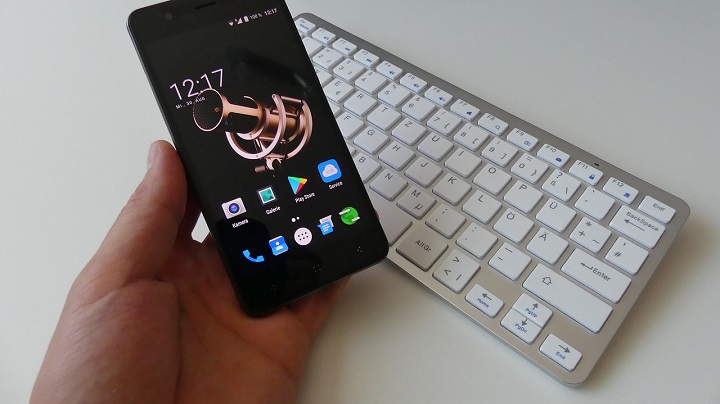
The most recent Galaxy S20 starts at $ 1,000 but goes as high as $ 1,400 with the Galaxy S20 Ultra. The fact that Android is also a leader in free apps makes it the natural choice for those concerned about their budget.
2. Applications of Android and iOS
If we look at the number of applications that we will approximately find in the Google Play Store and Apple App Store.
Android apps: 2.7 million and IOS applications: 2.2 million
To be honest, we can not be guided by the number of applications that each platform offers since it is doubtful that we will use all of them and, also, the most popular and useful ones are available in both operating systems.
IOS has been an excellent platform for developers, so there has been a trend for new apps to appear there first, but that has been changing, thanks to Android’s rapid growth.
In the US, iOS continues to lead the way, but developers in other parts of the world prioritize Android OS. The Play Store has a higher % of free applications than the App Store.
However, the best mobile games keep coming first on iOS and don’t always hit Android. Ultimately, quality outweighs quantity, so this narrow win is for iOS.
App Store
We are sure that it should not be an easy task to organize millions of applications and games, and the truth is that neither Google’s Play Store nor Apple’s App Store does it entirely.
Overall, we believe that Apple’s app store provides a better browsing experience on your phone and does a better job with selected recommendations. For its part, the Play Store is more natural to search for applications and to queue and install apps from the web browser on your PC or laptop.
We currently love being able to buy applications using the fingerprint through TouchID on iPhones. However, you can also do it on Android phones with fingerprint sensors, if you wish.

We believe that the Play Store earns points for having a smooth refund policy within 2 hours of buying. Although there are questionable apps in both stores, Apple tends to be more strict when blocking specific apps. This fact may be useful for overall quality, but it’s terrible if you like classic console game emulators.
3. Alternative Applications
It is easy to download applications on Android. You just have to check the settings, download an APK, and voila configured.
It’s worth noting that there are plenty of alternative Android app stores outside of the Play Store, but sideloading can expose you to malware risk. On the other hand, Apple opposes third-party app stores. So if you want a more extensive selection of apps and easy side loading, Android is your best option.
4. Maps
Apple Maps wasn’t off to a great start but has improved importantly. The main features are similar; you can download maps for offline use, get accurate estimates based on current traffic conditions, and find detailed driving or walking directions. You will also find public transport and the integration of travel reservations.
Google Maps offers that Apple Maps does not do to ride a bike. Overall, the scale and the quality of Google Maps are second to none. It has more interesting points and is generally more detailed than Apple Maps, but the accuracy may vary from place to place.
Given the option, we will always choose Google Maps, and although you can get it on iOS, it is better on Android because it is the default navigation application.
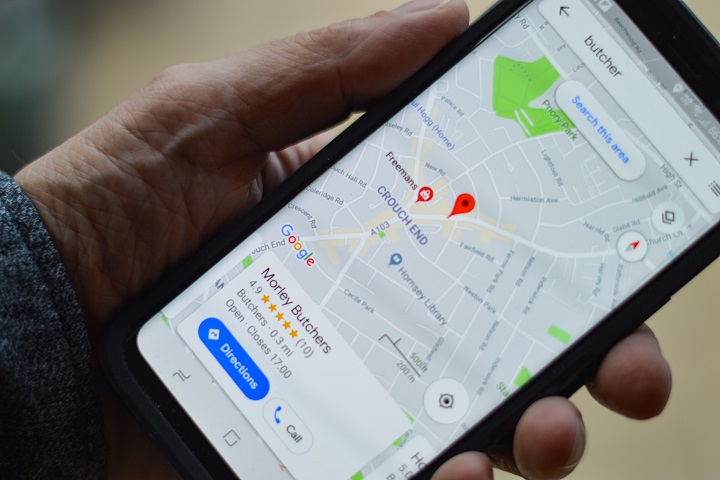
5. Battery Performance
When it comes to the life of battery and charging, it’s hard to compare the two platforms because they don’t have standard hardware. We could say that iOS is optimized to get the most out of the battery by the mAh rating, but you can buy an Android device with a much bigger battery, which will last longer than the regular iPhone.
Both Android OS and iOS allow you to see the battery usage whenever you want, but only Android shows you an estimate of the battery life you have left. Both offer power-saving modes that can extend battery life by limiting performance and connectivity features, but we must know that Android is more efficient than iOS.
Android had an advantage in charging, as many Android phones offered fast charging and wireless charging features. Apple iPhone 8, iPhone 8 Plus, and iPhone X offer wireless charging and fast charging features. If you need a wireless charger for Appl,e you must buy it separately, unlike Android phones, which comes in the box.
6. Software Updates – iOS and Android OS
Apple iOS offers consistent and timely software updates and useful security patches. If you want the same Android experience, you must buy one of Google’s Pixel phones. This is how sharing the iOS version, according to data from the Apple Developers site :
- iOS 13: 70%
- iOS 12: 23%
- Previous versions: 7%
About 70 per cent of iOS devices are running the latest version. That figure is much lower for Android. Statistics have not been updated for Android 10, but only about 10 per cent of Android devices are running the older version, Android version Pie 9.0. Android breaks down, according to the Android Developer official website:
- Android 10: 8.2 %
- Android 9.0 Pie: 31.3 %
- Android 8.1 Oreo: 14 %
- Android 8.0 Oreo: 7.3 %
- Android 7.1.1 Nougat: 5.4 %
- Android 7.0 Nougat: 7.5 %
- Android 6.0 Marshmallow: 11.2 %
- Android 5.1 Lollipop: 7.4 %
- Android 5.0 Lollipop: 1.8 %
- Android 4.4 KitKat: 4 %
- Previous versions: 1.9 %
If you need the latest features, bug fixes, and security updates, you should choose Apple iOS.
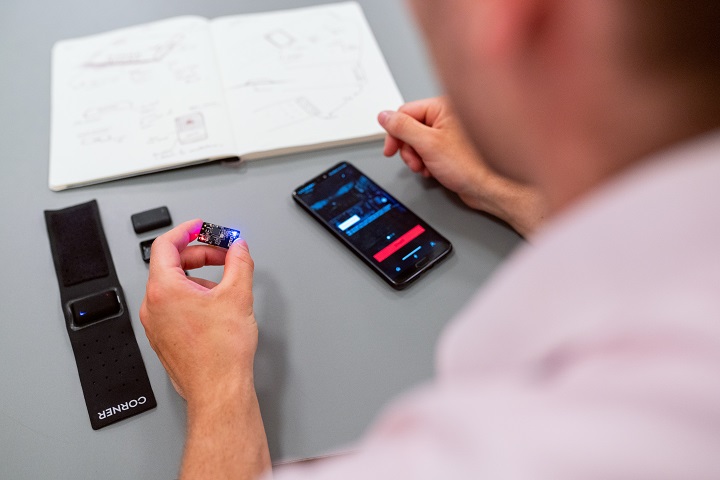
7. Personalization
This is one of the main strengths of Android. It is effortless to theme your phone: you can configure the design you want on your home screen, add widgets and shortcuts, and even change your entire user interface with launchers.
You can set up funds on iOS, and there is limited support for widgets, but it doesn’t give you the same level of freedom. Android also allows you to set third-party apps as default options for many things that are still blocked on iOS.
If you like to touch up or want a truly unique and personalized look for your home screen, Android is your platform.
8. Accessibility
Android’s perception is more complicated than iOS prevails, but you don’t need to dive into the customization options if you don’t want to.
Manufacturers like Samsung also include features like “Easy Mode,” which makes the interface bigger, simplifying the whole experience. You can also choose a third-party application to do the same. There are many useful apps for older people on iOS and Android.
9. Calls and messages
The primary calling and messaging functionality are right on both platforms, but it can be confusing on Android OS. Google looked to be incorporating everything into Hangouts, allowing messages, SMS, video chat, group chat, and more via Wi-Fi over your data network, but then launched Allo and Duo in a somewhat confusing way.
There are also Android Messages — which used to be called Google Messenger — which is the default text messaging app. To make matters worse, you will find that many manufacturers like to offer their alternatives.

Many Android phones come with their own bookmarking and messaging apps, either adding to or removing Google’s messaging apps. It looks that Chat based on the new Rich Communication Services (RCS) messaging standard. It will unify things, but it will be a while before it is available on all Android phones.
You will find third-party application integration, fun stickers, GIFs, and more in iMessage. We give iOS victory for its consistency and ease of use.
10. E-mail
The default email application on Android and iOS are straightforward to use and quick to set up. You can access multiple email accounts and view them in a single inbox if desired. iOS and Android also have a wide range of third-party email apps available.
However, Gmail is a more powerful default email app than iOS mail. Since Gmail is the world’s most popular email address system, it makes sense for the Gmail app to be a clear winner. You can also add the email address from different service providers in google Gmail in a natural way.
The only problem is that Android often offers alternative email apps created by manufacturers, which may not be as good.
11. Camera
In the past, we have has been argued that Apple does the best job of capturing lighting, colours, and other details, but the latest Android smartphones cast a lot of doubt on that claim. Google’s Pixel 4 & Pixel 4 XL have great cameras, but so do the iPhone 11 Pro and 11 Pro Max.
While most current flagship Android models are good (or sometimes even great), there is little variety in their cameras. The camera quality of many of the mid-range models doesn’t come close to the quality of iPhone cameras. Unsurprisingly, most low-budget Android phones have lower-quality cameras.
The camera apps on both platforms are excellent and very fast. But to facilitate its use and obtain the best results without the need for adjustments, the iOS camera application takes the cake here.

There are more Android variations, simply because original equipment manufacturers tend to add their camera apps with lots of features, some good, and some less so.
We will give this section to iOS, but warning that the best Android phones, in particular the Pixel 4, can match the iPhone in certain areas and even surpass it.
12. Media Backup
If you use the Photos app on Android, you can automatically back up all your media like photos and videos. Google Photos is the best choice because it offers unlimited free storage, as long as you don’t mind the 16-megapixel limit for images and the 1080p resolution limit for video.
You can back up photos and videos in the original resolution with iCloud or Google Photos, but you only get 5GB of free space with iCloud then the 15GB you get with Google Drive.
This category is complicated because the default app on iOS is iCloud, but you can also use Google Photos on iOS. However, since most people choose the default option, we give Android victory here.
13. Cloud Services
When it comes to cloud storage services and automatic backups, Apple still lags compare to Google drive. Google Drive storage offers 15GB for free storage. iCloud only give 5GB room, and it only works with Windows, Mac, and iOS.
If you need more space, then Google Drive comes out cheaper: $ 2 a month for 100GB ($ 20 a year), although Apple lowered its prices to compete better, and charges $ 1 a month for 50GB or $ 3 a month for 200GB.
The price for 2TBs at Apple jumps to $ 10 per month, while Google offers the same price, although you can get a discount if you hire it for $ 100 for the whole year ($ 8.33 per month).
Android cloud storage is easier to use and more effective than iCloud, and you can use Google Drive on an iPhone, under the circumstances that iCloud is only for Apple iOS.
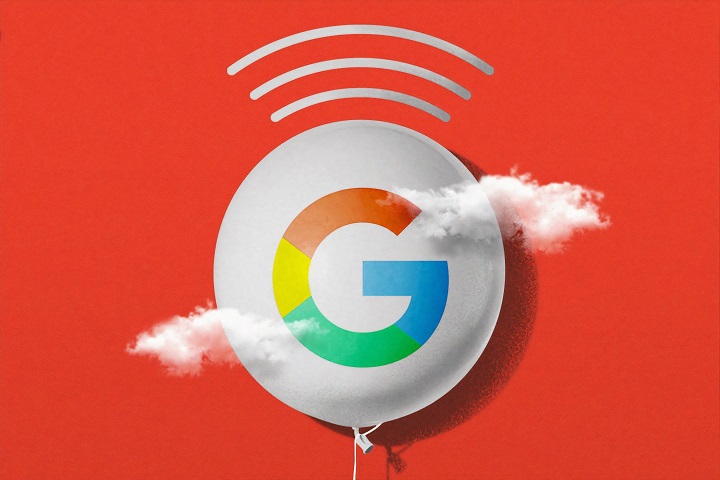
14. Voice Assistants
You can do multiple things with Apple’s Siri as with Google Assistant, but Siri is more like a direct helper for scheduling appointments on the calendar, searching the web, or making calls. The Google Assistant has an extra layer.
It can offer helpful hints proactively and has a more “conversational” side, offering entertaining games and contextual information based on what you’re doing. It is smarter and more versatile than Apple Siri.
Adding Siri shortcuts to iOS 12 – which lets you configure voice commands to trigger automated task groups – is a big step in the right direction, so Siri is also starting to make more suggestions based on your iPhone usage. The Google Assistant can do more.
15. Security of iOS and Android OS
The supposed “toxic stew from hell” is Android, but malware threat is exaggerated. Most people will never run into a problem because they don’t leave the Play Store for apps.
Specific manufacturers like Samsung have made additional efforts to strengthen the security of the business market. But the sloppy nature of updates on many Android devices can seriously delay significant security patches.
Quick updates are now more critical than ever because security breaches are becoming more serious. Android lags in the world of updates, unless you have a next-gen Android device, making it less secure.
Because millions of Android phones still run years-old software, they can be vulnerable to severe attacks like Heartbleed and Stagefright.
Apple is firmly rooted in American companies and has also improved security for consumers in general, especially with its Touch ID and FaceID on the iPhone X.
Apple’s strict supervision over applications and the ability to send Updates to more devices and faster gives you a definite advantage over Android. The company also encrypts the data in iMessage and its other applications.
Apple prioritizes user privacy to feel safe, knowing that Apple does not store or read your data. Everything is encrypted. For its part, Android also encrypts some data, although your privacy is less protected. Google extracts your data for information that it can use to sell better ads and market products.
Google says it’s committed to adequately protecting user privacy and providing the artificial intelligence services it offers. Still, some Apple security experts argue that Google presents a false choice between privacy and artificial intelligence.

16. Rooting, bootloaders and jailbreaking
The routing gives you access to more applications, the latest updates to the operating system without waiting, new software updates for the aesthetics you want, the opportunity to get rid of the computer software suppliers and manufacturers, and possible adjustments to increase your speed device.
Many Android original equipment manufacturers also offer a way to unlock the bootloader, determining how the operating system loads on your device. Jailbreaking is an option for iOS, which allows you to download and install applications from outside the App Store and avoid some other limitations.
17. Covers and accessories
The average owner of an iPad or iPhone spends more money on more things than the average owner of an Android device. Apple has created a vast ecosystem of peripherals for their phones and tablets. Many more products are aimed at the iPhone than any other device, although Samsung’s Galaxy S10 would come later.
Android devices have adopted the Micro USB type or USB-C type standard, while Apple insists on its Lightning cable, which means that it is much easier to find a charger if you do not own an iPhone.
This often means you have to buy an overpriced Apple adapter. Peripheral manufacturers may still have iOS as their primary target, but it is rare to find anything without Micro USB or USB-C compatibility.
Another thing that concerns Apple is related to the abandonment of the standard 3.5mm audio port, which started with the iPhone 7 and iPhone 7 Plus. You get an adapter in the box easy to lose. Also, the choice of headphones with 3.5mm audio jacks far exceeds those of Lightning jacks.
Of course, some Android phones are now unhooking the 3.5 headphone jack and opting for USB-C, so this difference may not continue to accentuate for longer.
Apple’s ecosystem of products works together very well. IPad, Apple Watch, MacBook, and HomeKit products work in perfect harmony. macOS, WatchOS, and iOS are well connected, making it easy to have all Apple products on hand simultaneously.
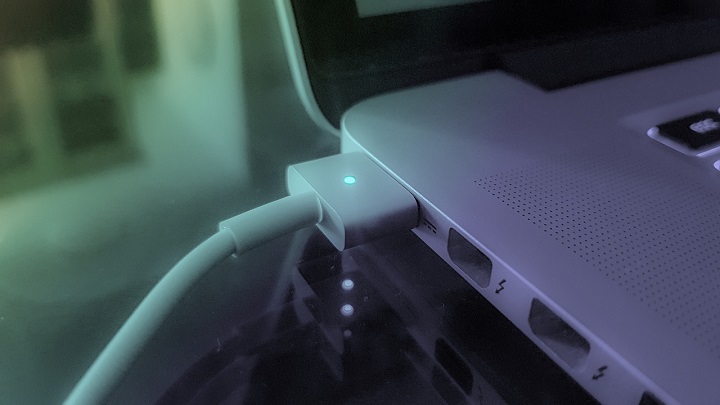
Since many different manufacturers produce android phones, product ecosystems vary. Samsung has a vast ecosystem, yes, and its phones are compatible with Home, Chromecast, and Android Wear. However, it is not so transparent. Overall, given all the accessories available, you have more options with an iPhone, so iOS wins here, but with caveats.
Conclusion of iOS and Android OS
In numerical terms, Android wins ten categories, while iOS prevails in 8. But the Apple system triumphs in some of the most important. We don’t think rooting or alternative app stores are as important to most people as accessibility or security.
It is tough to compare both OS. Because Apple controls both hardware and its software, it finds that iOS provides a more consistent experience across all your devices.
A direct comparison of the latest versions of Android and iOS would not be very representative of the experience of most people since many Android devices do not have the newest version of the operating system installed.
The experience you get is further complicated because most Android smartphone manufacturers add their user interface. There is a massive difference between using Google’s Pixel 4, the Samsung Galaxy S10, and the Huawei P30 Pro.
If you decide to buy an Android device, do some research and see the Android version that it runs, the manufacturer’s user interface, and its registration for software updates.
Ultimately, the different categories we’ve listed above will matter differently to people, so pay attention to those that count for you, making a decision based on this.
If security and privacy are essential for you, then the iPhone will be your best option. If battery life is at the top of your list, and you also want to personalize your phone, go for Android better.
Both Android and iOS are mature platforms, full of features, with many more similarities than differences. We can inform you here, and that is what we have tried to do in the best possible way. The decision, now, is all yours.

